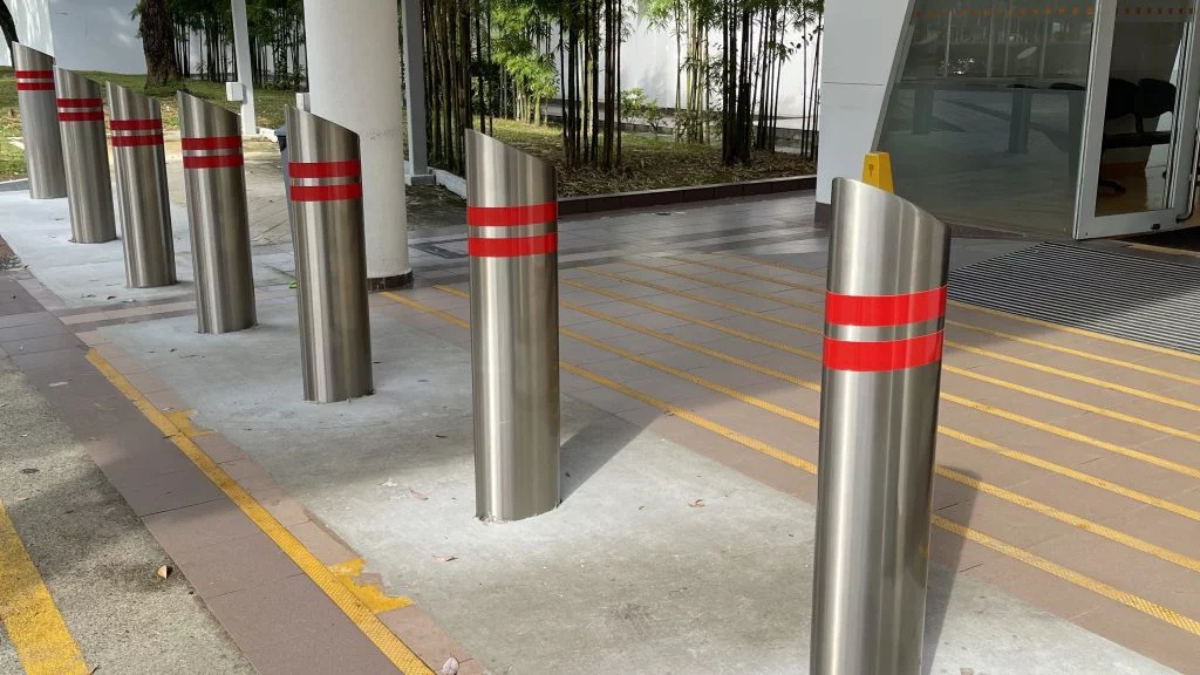In industrial and commercial settings, operational efficiency is an essential goal pursued due to the fast-paced nature of today’s world. Buildings are now faced with a need to incorporate advanced technologies and infrastructure to automate tasks, improve safety, and likewise lessen energy consumption. Modern elevators, sectional doors, and bollards are some of the major players that work together to facilitate these aims. Each component plays a pivotal role in maximizing facility operations.
Elevators: Increasing Efficiency
A modern elevator goes beyond simply being a device for transportation to different floors of a building. They are now a central factor to a facility’s operating efficiency since they bring advanced technologies for improved performance and end-user experience.
Smart elevator technologies: Advances like AI-driven predictive servicing and smart dispatching systems are reforming elevator operations. For example, smart management systems streamline passenger flow, minimizing waiting times as well as optimizing overall efficiency. The systems examine real-time data to anticipate high usage hours and alter operations as needed, guaranteeing seamless and efficient service
Energy Efficiency: A large percentage of a building’s energy use can be comprised of elevator use. Energy-efficient systems, including regenerative drives that allow them to recover energy on descent, save on operating costs and aid in sustainable goals.
User experience: Features such as touchless controls and personalized access increase user satisfaction and safety. These features are especially applicable to the context of health worries, presenting hygienic solutions for elevator use.
Sectional Doors: Simplifying access
Sectional doors can be said to play an important role in enabling smooth movement within buildings, especially in places like loading docks and warehouses.
Speed and Automation: High-speed sectional doors with speeds of up to 1 meter/second undoubtedly improve workflow by reducing waiting times compared to before. They also are now lessening the chance of collision. Radar sensors that initiate door movement and other automation functions, increase safety and by extension efficiency even further.
Energy Conservation: Sectional doors with insulation allow for management of internal temperatures. This results in ease on the load on the HVAC system as well as saving energy. This is particularly important for applications where strict temperature control is needed. An example of such a situation is the case of food storage or the production of pharmaceuticals.
Customization and Durability: Contemporary sectional doors are made of different materials including configurations which depends upon the type of operations needed. Some options range from full-vision panels for maximum natural light to high-strength materials for added security.
Bollards: Securing operations
Bollards are key safety and security elements of facility planning, securing assets and directing traffic movement.
Protection from Safety Risks: Bollards serve as physical obstructions. They can potentially stop unauthorized vehicles from entering sensitive zones and securing infrastructure against unintentional impacts. Staff and equipment both can be protected through using bollards.
Traffic Management: Strategically located bollards define pedestrian areas and motor vehicle lanes to minimize the possibility of accidents and maintain smooth operational flow.
Flexibility and Aesthetics: Bollards are available both as fixed and retractable models. This means that flexible security solutions can be customized to a facility’s needs. Aesthetic considerations can also possibly be made so that safety features do not adversely compete with a facility’s overall architectural appearance.
Conclusion
Integrating advanced lifts, effective sectional doors, and strategically located bollards is a key to maximizing operational effectiveness for contemporary facilities. These elements not only enhance workflow and safety but also aid in saving energy and overall sustainability. With the investment of these technologies, building managers can guarantee a productive, safe, and future-proof environment.


